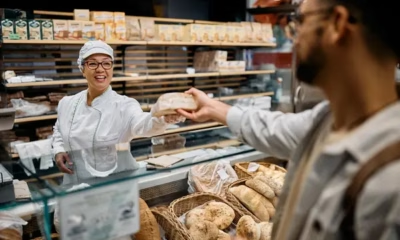Meat
IRI Finds More Meals at Home, but Fewer Meat Purchases

Fewer Meat Purchases on the Rise Amid Changing Consumer Habits
Consumers are increasingly shifting towards at-home meal preparation, resulting in fewer meat purchases despite steady demand for groceries. This trend has emerged alongside rising meat prices and changing shopping behaviors.
Home-Cooked Meals Impact Meat Sales
In August, nearly 80% of meals were prepared at home, up from 76.6% in July. This increase aligned with a surge in COVID-19 cases, driving consumers to prioritize home dining. Meanwhile, fewer people chose to dine in restaurants, with numbers falling from 50% in July to 48% in August.
Shopping Preferences Are Evolving
Online grocery shopping saw a slight increase in August, reversing a previous shift toward in-store visits. This change reduced impulse purchases, affecting sales of items like desserts and morning bakery goods.
Meat Sales Trends and Rising Prices
Despite higher home cooking rates, consumers made fewer meat purchases as prices climbed. The average meat price per pound rose to $4.31 in August, up from $3.89 earlier in the year. Although fresh meat dollar sales increased 3.9% year-over-year, consumers purchased smaller quantities by volume.
Fresh beef, chicken, and pork experienced dollar sales growth, yet volume sales declined for multiple categories, including turkey and lamb. Inflation played a key role, with beef and veal wholesale prices surging over 59% year-over-year in August.
Consumers Balance Cost and Convenience
Despite rising prices, at-home meal preparation remains strong as consumers seek affordable and convenient dining solutions. While pandemic concerns have lessened, grocery shopping habits continue to reflect cost-conscious decisions.
Stay Informed on Consumer Trends
For the latest insights on shifting shopping habits, rising food prices, and consumer preferences, explore more news on this website.





















